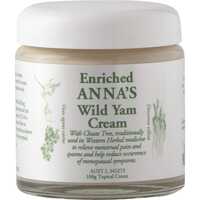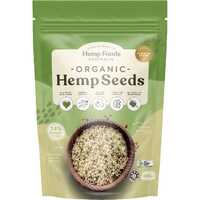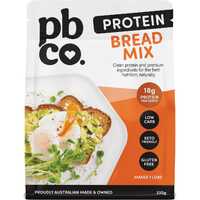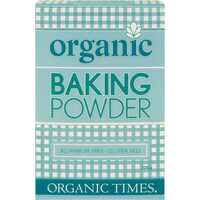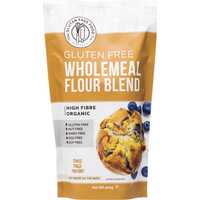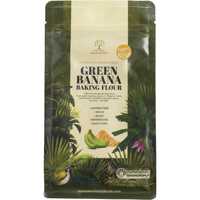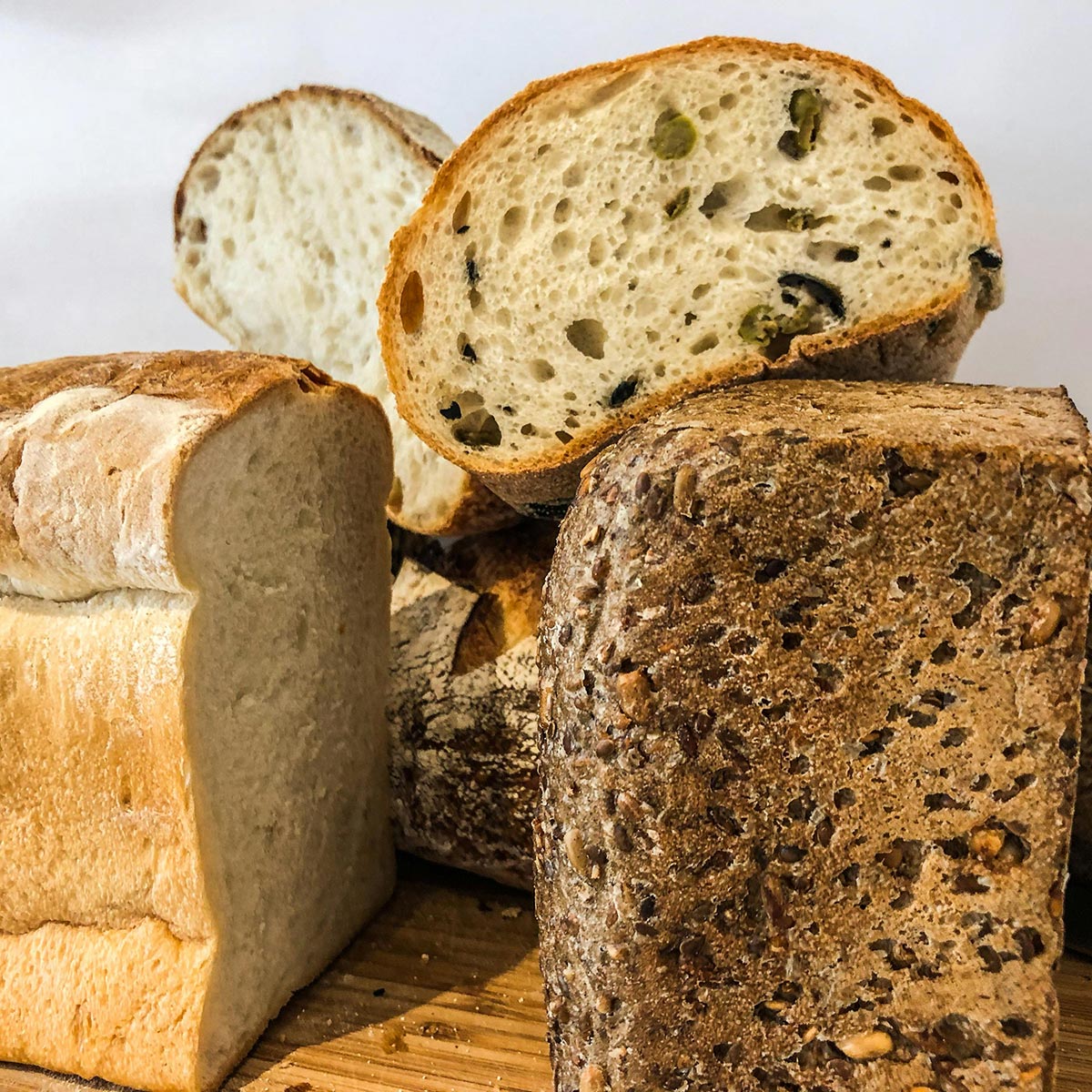Bread is a staple food that's enjoyed all over the world. Prepared from flour and water and normally baked in an oven, it's been an important part of the global diet for many centuries. From white bread and rye bread to sourdough and flatbread, there are lots of ways to incorporate bread into your daily diet. Commercial breads are sold everywhere, or you can bake your own at home from mixes or basic ingredients.
This article is a complete bread guide. We'll review the history of bread, look at different types of bread, and show you how to make bread at home using healthy natural ingredients.
A Short History of Bread
Bread is one of the oldest human-made foods. It has been a significant staple since the dawn of agriculture, and it's been enjoyed by people all over the world. The first evidence of bread comes from 10,000 BC at the dawn of the Neolithic age. It was probably around much earlier, however, with evidence from 30,000 years ago showing starch residue on rocks used for pounding plants. This evidence comes from Europe and Australia, which shows just how important bread is to the collective human story.
Leavened bread, which uses a raising agent, was around as early as 6,000 BC in southern Mesopotamia. Knowledge of how to produce this new fluffier bread was passed to the Egyptians around 3,000 BC, who refined the process by adding yeast. According to mythology, the use of fermentation to make bread rise was a complete accident after someone left dough in the sun. One of the oldest sourdough breads dates from 3,700 BC in Switzerland, although it probably originated in Egypt many centuries earlier.
In the Middle Ages, a piece of stale bread was served as an absorbent plate known as a trencher. During the Common Era, while Europeans were focused on sophisticated raising agents and new flavour combinations, ancient flatbread variations were still being produced and consumed all over the world. Since industrialisation, chemical additives have been increasingly added to bread to speed up fermentation. Traditional bread making has become more popular over recent years, with more people interested in healthy natural ingredients and home-baking recipes.
How is Bread Made?
Making bread is a relatively simple process that involves just a few basic ingredients. Common bread involves a mixture of flour, water, salt, and yeast, with other ingredients often added for flavour and variation. The basic process involves mixing these ingredients together until the flour is converted into a stiff paste. This dough is then baked into a loaf, typically inside a closed oven.
Along with yeast, some breads are leavened with naturally occurring microbes like sourdough or chemicals such as baking soda. In many countries, commercial bread products also include additives, with various ingredients used to improve flavour, appearance, shelf life, and nutrition.
Different Types of Bread
Bread is the staple food over much of the world. From Europe and the Middle East to Central Asia, North Africa, and the Americas, you will find bread in most human cultures. While rice and noodles are the staple in South and East Asia, and bread is not common in some parts of Africa, it can be found pretty much everywhere else.
There are many types of bread, differing widely in both composition and appearance. Breads can be loosely categorised as either leavened breads or flatbreads:
- Leavened or common bread is usually made from a wheat-flour dough, which is cultured with yeast and baked to rise in an oven. Carbon dioxide and ethanol vapours make air pockets during the fermentation process, which gives this bread its fluffy texture and shape. Common bread has high levels of gluten, which makes it even more spongy and elastic.
- Flatbreads are made with flour and a liquid element, including water, milk, or yoghurt. The ingredients are rolled into flattened dough before being baked, fried, or grilled. Flatbreads are made around the world, with common examples including naan from India, sangak from Iran, and strucia from Europe. Most flatbreads are unleavened, although pita bread is a notable exception.
Along with fermentation, bread can also be categorised based on its ingredients. While most breads are made from common wheat, they can also be made from the flour of other wheat species, such as Spelt, Emmer, Einkorn. and Kamut. Non-wheat breads are also common in many cultures, using ingredients such as rye, barley, corn, oats, sorghum, or millet. Other than rye, most of these cereals are combined with wheat flour to provide gluten. All breads contain protein, carbohydrates, and dietary fibre, along with lots of B vitamins and certain minerals.
These common breads are popular around the world:
White bread
White bread is made from processed wheat flour. Instead of using the entire wheatberry, the bran and germ layers are removed during the grinding and milling process to leave only the endosperm. This produces a light and easy-to-eat bread, but it lacks much of the nutritional goodness of wholewheat products.
Whole wheat bread
Whole wheat bread leaves the entire wheatberry intact, including the bran, germ, and endosperm. Also known as wholemeal bread or brown bread, this bread has a richer nutritional profile than white bread. While some of these breads contain wheat components in natural ratios, others only include small amounts of bran or germ.
Wholegrain bread
Wholegrain bread includes cereals or pseudocereals that contain the endosperm, germ, and bran. This term is often used to differentiate wheat breads from non-wheat breads, including products made from barley, rye, oats, sorghum, teff, amaranth, and buckwheat. Wholegrain bread should not be confused with multigrain bread, which is a full or partial wholemeal bread with added grains.
Sourdough bread
Sourdough bread is made by fermenting dough with wild Lactobacillaceae and yeast. This is an ancient method of making bread, and it produces a very unique product. The lactic acid from fermentation gives a sour taste, and it also increases shelf-life. Sourdough bread has become very popular in recent years, especially in the home-baking community.
What is Quick Bread?
Have you ever wondered about the difference between standard bread and cake? What about muffins, pancakes, and even shortbread? The term "quick bread" can be used to describe all of these products, along with brownies, cookies, banana bread, pumpkin bread, and scones.
Quick bread is any bread leavened with a chemical leavening agent instead of a biological one. While standard breads typically use yeast or a sourdough starter, quick breads combine a weak acid with a weak base to produce carbon dioxide. This allows these breads to be prepared much faster, which means you can manipulate the results and add a wider range of ingredients.
Making Bread at Home
To make bread at home, all you need are basic ingredients and a little patience. While it can be daunting the first time, it's also incredibly rewarding. The first step involves gathering the ingredients, so find a recipe and get the best products you can find at a health food store. It's important to mix these ingredients right, so take your time or buy a ready-made bread mix to ensure the perfect blend.
Most bread recipes involve kneading, which does take some practice. This process helps to distribute the yeast or other leavening agent evenly, capturing the air bubbles throughout the mixture to ensure a smooth texture. Kneading takes a little elbow grease, so use both hands to press and fold the mixture until it has an elastic quality.
Once the dough feels springy and light, place it in a greased bowl until it almost doubles in size. This is the first proving stage, and the time it takes depends on the leavening agent and ambient temperature. Once this process is complete, punch down in the centre of the dough with your fist to remove the air pockets. Now it's time for the second proving stage, with the bread rising again to the size specified in the recipe. The final stage involves baking the bread and sitting back while the delicious smell wafts through the room.
If you're looking for healthy bread mixes and natural baking ingredients, we have everything you need. As one of the leading health food retailers in Australia, Healthy Being combines quality natural products with low prices and friendly customer service. We have quality bread and cake mixes from leading brands, as well as amazing flour and starch products for wheat and non-wheat breads. Shop online today or contact our team to learn more.


 Certified Organic
Certified Organic Vegan Friendly
Vegan Friendly  Vegetarian
Vegetarian Organic Ingredients
Organic Ingredients Dairy Free
Dairy Free Gluten Free
Gluten Free Keto Friendly
Keto Friendly

















